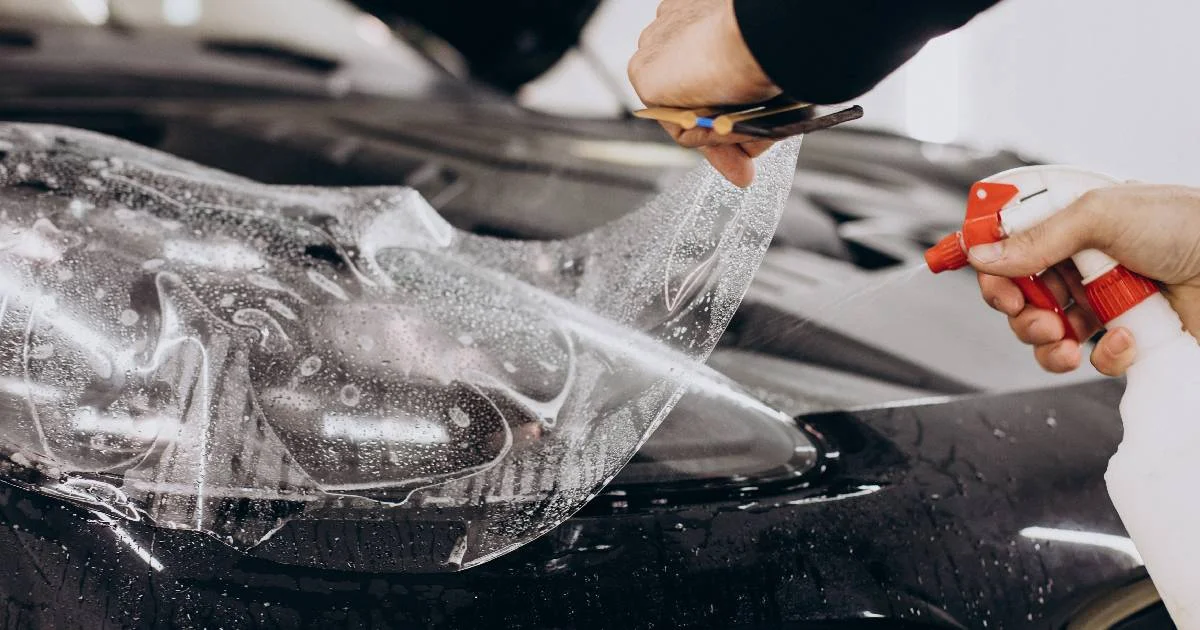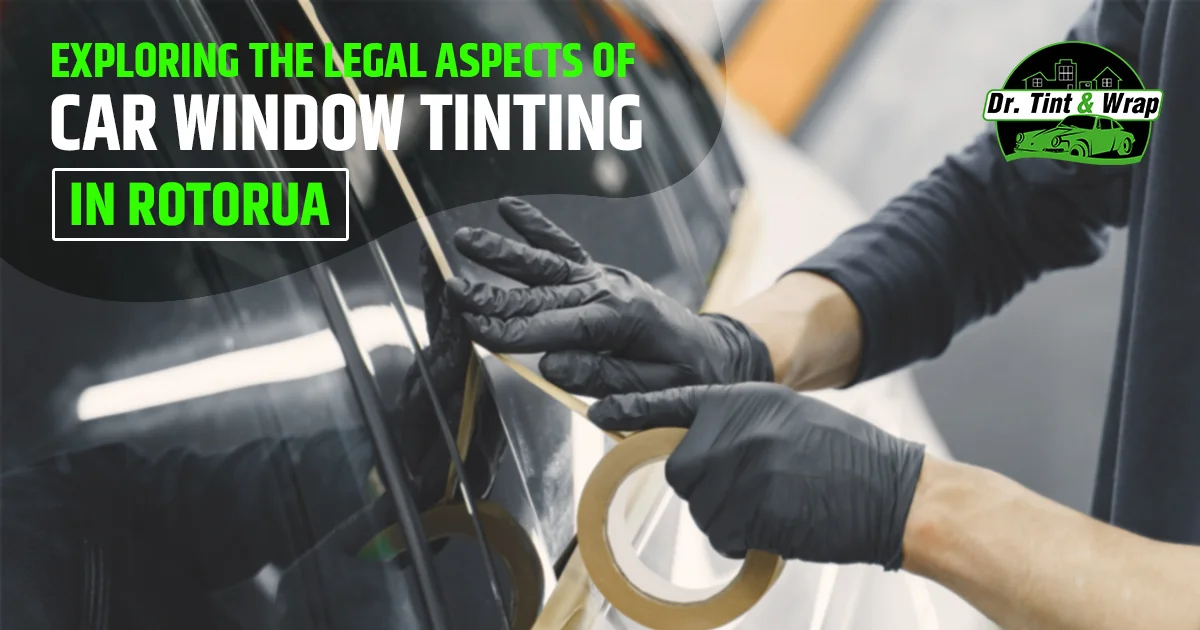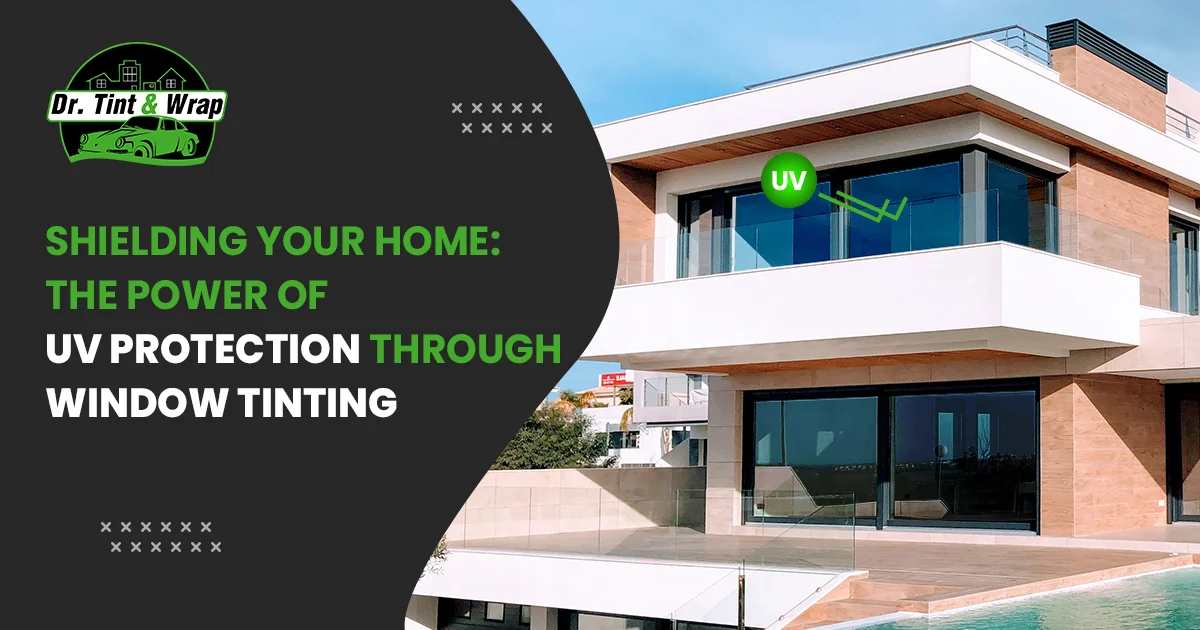
How Much Does It Cost To Do Ppf On A Car ?
26 Feb 2024, By AdminIn the world of automotive enthusiasts and meticulous car owners, the quest for preserving a vehicle's pristine appearance often leads to the consideration of Paint Protection Film (PPF). Hamilton, with its vibrant automotive culture, has seen an increased interest in this cutting-edge technology. As car owners seek ways to shield their beloved vehicles from the rigors of daily driving and environmental hazards, understanding the costs associated with PPF becomes crucial. In this guide, we'll delve into the factors influencing the cost of PPF in Hamilton and provide insights into the value it offers.
What is Paint Protection Film?
Paint Protection Film, often referred to as PPF, is a transparent polyurethane film applied to the exterior surfaces of a vehicle to protect the paint from stone chips, bug splatter, bird droppings, road debris, and other environmental contaminants. It acts as an invisible shield, preserving the car's finish and maintaining its resale value
Factors Influencing PPF Costs in Hamilton
- Type and Quality of Film: The market offers various types and qualities of PPF, ranging from basic films to high-end, self-healing varieties. The cost of PPF can vary significantly based on the brand, thickness, and features of the film. Premium films may have a higher upfront cost but provide superior protection and durability.
- Size and Complexity of the Vehicle: Larger vehicles or those with complex body contours may require more PPF material and additional labor for installation. Sports cars, luxury vehicles, and SUVs typically have larger surface areas, influencing the overall cost.
- Installation Labor Costs: The skill and experience of the installer play a crucial role in the cost of PPF. Hamilton boasts several skilled professionals and their expertise may be reflected in the labor costs. However, choosing a reputable installer is essential to ensure proper application and optimal protection.
- Coverage Areas: Car owners can choose specific areas for PPF coverage, such as the full front end, hood, fenders, side mirrors, and more. The more extensive the coverage, the higher the overall cost. Some opt for a full-body wrap for comprehensive protection.
- Customization and Design: Some PPF installations involve customization, such as patterns, logos, or unique designs. These personalized touches can add to the overall cost but allow for a one-of-a-kind look while maintaining protection.
- Warranty and Aftercare: High-quality PPF often comes with extended warranties. The length and terms of the warranty can impact the upfront cost but provide peace of mind for car owners. Additionally, factoring in aftercare products for maintenance is essential to ensure the film's longevity.
How much does PPF typically cost in Hamilton?
The cost of PPF installation in Hamilton can vary based on several factors, including the size and model of your vehicle, the type of PPF used, and the complexity of the installation. On average, PPF Prices start from $1150. It's advisable to obtain quotes from reputable PPF installers in Hamilton for accurate pricing based on your specific car.
Investing in Paint Protection Film for your car in Hamilton is a strategic decision to safeguard your vehicle's aesthetics and resale value. The costs associated with PPF vary based on factors like the type of film, the size of the vehicle, labor, and customization options. While the initial investment may seem significant, the long-term benefits in terms of paint preservation and overall appearance make PPF a worthwhile consideration for car enthusiasts and those looking to protect their automotive investments in the vibrant city of Hamilton.

Exploring the Legal Aspects of Car Window Tinting in Rotorua
26 Feb 2024, By AdminWhen you roam the scenic streets of Rotorua, New Zealand, you'll notice many vehicles flaunting sleek window tints that not only add an air of mystery but also provide practical benefits. Car window tinting has become a popular choice for many motorists, offering privacy, reducing glare, and protecting the vehicle's interior from harmful UV rays. However, as appealing as window tinting may be, there are legal considerations that every car owner in Rotorua must be aware of before opting for this modification.
The Trend and its Advantages
Car window tinting has been trending in Rotorua for the past few years. It's no wonder why so many car enthusiasts choose to tint their windows. The advantages are numerous:
- Privacy: Tinted windows give car occupants a sense of seclusion, making it difficult for prying eyes to see inside the vehicle.
- Solar Protection: The harsh New Zealand sun can be damaging to both the passengers and the vehicle's interior. Window tints act as a shield against harmful UV rays, reducing the risk of skin cancer and preserving the car's upholstery.
- Improved Aesthetics: Let's face it; window tints lend an air of sophistication to any vehicle. They provide a uniform appearance, enhancing the overall aesthetics of the car.
- Reduced Glare: Glare from the sun and other vehicles can be a real hazard, causing visual discomfort and increasing the likelihood of accidents. Tints mitigate this problem by minimizing glare, leading to safer driving conditions.
Understanding the Law in Rotorua
While car window tinting offers various benefits, New Zealand has strict laws in place to regulate its usage. These laws are designed to ensure public safety and law enforcement's ability to monitor vehicles. Rotorua adheres to the national guidelines set forth by the New Zealand Transport Agency (NZTA) regarding permissible limits for window tinting.
According to NZTA regulations, the following rules apply to car window tinting in Rotorua
- Visible Light Transmission (VLT): The VLT refers to the percentage of light that must pass through both the front and rear side windows and windscreen. In Rotorua, the front side windows must have a minimum VLT of 35%, while there are no restrictions on the rear side windows and the rear windscreen. This means that at least 35% of light must pass through the front side windows.
- Restricted Colors and Reflectivity: The use of highly reflective or mirrored tints is prohibited, as they can be distracting to other drivers and interfere with road safety. Additionally, the colour of the window tint should be within the range of green, grey, and neutral smoke.
- Windscreens: The tint on the windscreen must be limited to the top 100mm, ensuring an unobstructed view for the driver.
- Inspection Certification: If you're considering tinting your car windows, ensure that the tint complies with NZTA regulations. If you're purchasing a car with pre-installed tints, check if the vehicle comes with an inspection certification stating that the tints meet the legal requirements.
Consequences of Non-Compliance
Failing to adhere to the car window tinting laws in Rotorua can have serious consequences. If you're caught with illegal window tints, you may face fines, demerit points on your driver's license, and potentially have to remove the tints to comply with the law.
Car window tinting is undeniably an attractive and practical option for car owners in Rotorua. It not only enhances the aesthetics of the vehicle but also provides various benefits like privacy and solar protection. However, it's crucial to remember that there are legal restrictions in place to ensure road safety and visibility for all motorists. Dr. Tint & Wrap Rotorua stands out as the premier destination for top-notch car window tinting services, offering unmatched expertise and quality. As a responsible business, they prioritize adhering to all government regulations to ensure a safe and compliant tinting experience for their customers.

How Much Does It Cost To Do Ppf On A Car ?
26 Feb 2024, By AdminIn the world of automotive enthusiasts and meticulous car owners, the quest for preserving a vehicle's pristine appearance often leads to the consideration of Paint Protection Film (PPF). Hamilton, with its vibrant automotive culture, has seen an increased interest in this cutting-edge technology. As car owners seek ways to shield their beloved vehicles from the rigors of daily driving and environmental hazards, understanding the costs associated with PPF becomes crucial. In this guide, we'll delve into the factors influencing the cost of PPF in Hamilton and provide insights into the value it offers.
What is Paint Protection Film?
Paint Protection Film, often referred to as PPF, is a transparent polyurethane film applied to the exterior surfaces of a vehicle to protect the paint from stone chips, bug splatter, bird droppings, road debris, and other environmental contaminants. It acts as an invisible shield, preserving the car's finish and maintaining its resale value
Factors Influencing PPF Costs in Hamilton
- Type and Quality of Film: The market offers various types and qualities of PPF, ranging from basic films to high-end, self-healing varieties. The cost of PPF can vary significantly based on the brand, thickness, and features of the film. Premium films may have a higher upfront cost but provide superior protection and durability.
- Size and Complexity of the Vehicle: Larger vehicles or those with complex body contours may require more PPF material and additional labor for installation. Sports cars, luxury vehicles, and SUVs typically have larger surface areas, influencing the overall cost.
- Installation Labor Costs: The skill and experience of the installer play a crucial role in the cost of PPF. Hamilton boasts several skilled professionals and their expertise may be reflected in the labor costs. However, choosing a reputable installer is essential to ensure proper application and optimal protection.
- Coverage Areas: Car owners can choose specific areas for PPF coverage, such as the full front end, hood, fenders, side mirrors, and more. The more extensive the coverage, the higher the overall cost. Some opt for a full-body wrap for comprehensive protection.
- Customization and Design: Some PPF installations involve customization, such as patterns, logos, or unique designs. These personalized touches can add to the overall cost but allow for a one-of-a-kind look while maintaining protection.
- Warranty and Aftercare: High-quality PPF often comes with extended warranties. The length and terms of the warranty can impact the upfront cost but provide peace of mind for car owners. Additionally, factoring in aftercare products for maintenance is essential to ensure the film's longevity.
How much does PPF typically cost in Hamilton?
The cost of PPF installation in Hamilton can vary based on several factors, including the size and model of your vehicle, the type of PPF used, and the complexity of the installation. On average, PPF Prices start from $1150. It's advisable to obtain quotes from reputable PPF installers in Hamilton for accurate pricing based on your specific car.
Investing in Paint Protection Film for your car in Hamilton is a strategic decision to safeguard your vehicle's aesthetics and resale value. The costs associated with PPF vary based on factors like the type of film, the size of the vehicle, labor, and customization options. While the initial investment may seem significant, the long-term benefits in terms of paint preservation and overall appearance make PPF a worthwhile consideration for car enthusiasts and those looking to protect their automotive investments in the vibrant city of Hamilton.

Shielding Your Home: The Power of UV Protection Through Window Tinting
26 Feb 2024, By AdminIn the pursuit of creating a cozy and inviting home, we often invest in exquisite furniture, delicate fabrics, and beautiful artwork. However, while we bask in the warmth of sunlight filtering through our windows, we might unknowingly subject our prized possessions to potential harm. Ultraviolet (UV) rays, invisible but potent, can cause irreparable damage to our furniture, flooring, and other cherished items. Fortunately, there's a simple yet effective solution – window tinting. In this blog, we'll explore the significance of UV protection through window tinting and how it preserves the integrity of your home.
Understanding the Threat: UV Rays
UV rays, a component of natural sunlight, are notorious for their ability to fade and deteriorate materials over time. Wood, fabric, leather, and even artwork are vulnerable to the harmful effects of prolonged exposure. Traditional windows offer little defense, allowing these rays to penetrate and wreak havoc on your interiors. This is where window tinting steps in as a guardian, forming an invisible shield against these damaging rays.
The Role of Window Tinting: A Protective Barrier
- Preventing Fading: One of the primary benefits of window tinting is its capacity to reduce fading. Tinted windows block a significant portion of UV rays, ensuring that your furniture and flooring retain their vibrant colors and textures for a more extended period. Say goodbye to the washed-out hues and say hello to long-lasting elegance.
- Preserving Fabrics and Upholstery: Fabrics, especially those found in curtains, upholstery, and rugs, are highly susceptible to UV damage. Window tinting safeguards these textiles, prolonging their lifespan and maintaining their luxurious appeal. Your curtains will stay rich and your upholstery will remain plush, all thanks to the protective tint.
- Safeguarding Art and Valuables: Artwork and valuable items, such as antique furniture or delicate ornaments, deserve special care. Window tinting acts as a shield, allowing you to display your treasures without fear of deterioration. Your art collection will stay vivid, and your valuables will maintain their allure, enhancing your home's aesthetics for years to come.
The Added Benefits: Beyond UV Protection
- Energy Efficiency: Window tinting not only protects against UV rays but also improves your home's energy efficiency. By blocking excessive heat during summers and retaining warmth in winters, tinted windows contribute to a more comfortable living environment and reduced energy bills.
- Enhanced Privacy and Security: Tinted windows offer enhanced privacy, making it difficult for prying eyes to peer inside. Additionally, they reinforce your home security, acting as a deterrent against potential intruders.
Conclusion
A Brighter, Safer Tomorrow In the battle against the invisible menace of UV rays, window tinting emerges as a reliable ally. By investing in quality window films, you not only protect your furniture, flooring, and cherished possessions but also create a more energy-efficient, secure, and private home. Embrace the transformative power of window tinting, and let your home shine brightly while staying shielded from harm. Remember, a small step today can lead to a brighter, safer tomorrow for your home and everything within it.
